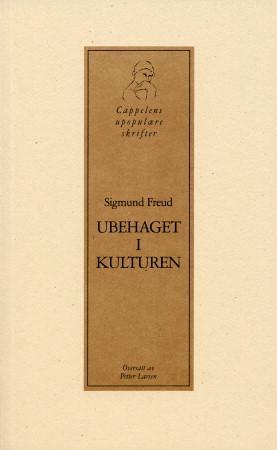
An Imaginary Tale av Paul J. Nahin
229,-
<p>Today complex numbers have such widespread practical use--from electrical engineering to aeronautics--that few people would expect the story behind their derivation to be filled with adventure and enigma. In <i>An Imaginary Tale</i>, Paul Nahin tells the 2000-year-old history of one of mathematics'' most elusive numbers, the square root of minus one, also known as <i>i</i>. He recreates the baffling mathematical problems that conjured it up, and the colorful characters who tried to solve them.<br><br>In 1878, when two brothers stole a mathematical papyrus from the ancient Egyptian burial site in the Valley of Kings, they led scholars to the earliest known occurrence of the square root of a negative number. The papyrus offered a specific numerical example of how to calculate the volume of a truncated square pyramid, which implied the need for <i>i</i>. In the first century, the mathematician-engineer Heron of Alexandria encountered <i>I </i>in a separate project, but fudged the arith








